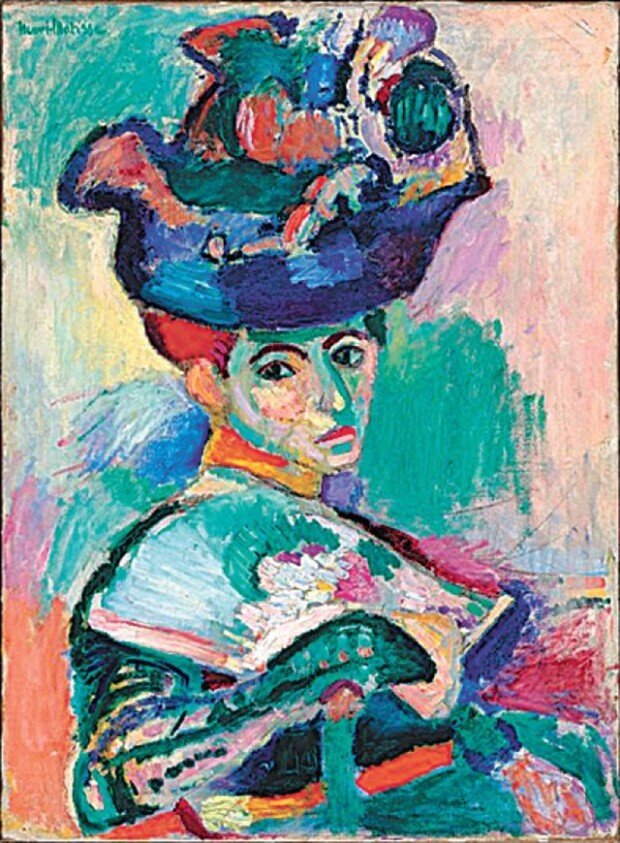A symbol of trust
A symbol of trust
Posted September. 30, 2021 07:24,
Updated September. 30, 2021 07:24

When Henry Matisse first unveiled this painting in Paris, he was severely criticized. Even critics that liked Matisse renounced the painting. One of the critics, however, decided to purchase the painting though he said it was disappointing. Why?
Matisse, who had been focused on experimenting with new techniques since early 1900, unveiled his paintings at the Autumn Salon expedition in 1905. His colorful paintings sparked controversy, particularly this portrait. The model of the painting is Amelie, who was the painter’s wife. She poses for her husband dressed in fancy attire. She holds a colorful fan and hears an elaborate hat. This was fine, except that the painting appeared to be unfinished with rough touches. There were no outlines, so the model was unrecognizable. Her face looked like an exotic mask and her hat was like a fruit basket. No wonder Amelie and the audience were upset. Louis Vauxcelles, a conservative art critic, said that the painting looked like it was created by ‘les fauves (wild beasts)’, coining term ‘fauvism’. American critic Leo Stein went further to say that “it was the worst color smudge” that he had ever seen but bought it anyway. He knew that great art could not be created without experimenting.
Stein relocated to Paris in 1903 and supported avant-garde artists with his sister Gertrude Stein. They purchased paintings that were not of their style, boosting morale of artists. Matisse, at that time, was the father and breadwinner of three children, and felt more intimidated from criticism of his new art style. Stein’s purchase of his painting was a symbol of trust. The Steins continued to buy more of Matisse’s artworks and Matisse became one of the greatest artists of the 20th century.







